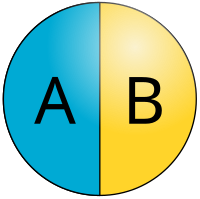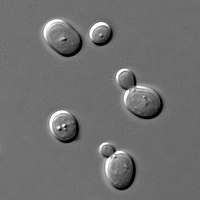
Tip-Induced Inversion of the Chirality of a Molecule's Adsorption Potential Probed by the Switching Directionality.
Sign Up to like & getrecommendations! Published in 2020 at "Advanced materials"
DOI: 10.1002/adma.201907390
Abstract: The switching behavior of surface-supported molecular units excited by current, light, or mechanical forces is determined by the shape of the adsorption potential. The ability to tailor the energy landscape in which a molecule resides… read more here.
Keywords: switching directionality; adsorption; molecule; adsorption potential ... See more keywords

Adsorption potential of macroporous Amberlyst-15 for Cd(II) removal from aqueous solutions
Sign Up to like & getrecommendations! Published in 2020 at "Materials Research Express"
DOI: 10.1088/2053-1591/ab6e7a
Abstract: The macroporous ion exchange resins are unique and most suitable for the adsorption of heavy metal ions due to their porous three-dimensional structures and large specific surface areas. In the current investigation, a macroporous sulphonic… read more here.
Keywords: resin; adsorption; removal; adsorption potential ... See more keywords

The Adsorption Potential of Cr from Water by ZnO Nanoparticles Synthesized by Azolla pinnata
Sign Up to like & getrecommendations! Published in 2022 at "Bioinorganic Chemistry and Applications"
DOI: 10.1155/2022/6209013
Abstract: Aqueous solutions containing toxic elements (TEs) (such as hexavalent chromium (Cr (VI)) can be toxic to humans even at trace levels. Thus, removing TEs from the aqueous environment is essential for the protection of biodiversity,… read more here.
Keywords: adsorption; potential water; adsorption potential; znonps ... See more keywords

Saccharomyces cerevisiae strain associated to a fish culture additive: antifungal activity and AFB1 adsorption potential
Sign Up to like & getrecommendations! Published in 2021 at "Acta Veterinaria Brno"
DOI: 10.21708/avb.2021.15.1.9585
Abstract: Saccharomyces cerevisiae is widely applied as a probiotic in aquaculture activities, due to its ability to decontaminate the mycotoxin Aflatoxin B1 (AFB1). From this point, the present study aimed to evaluate the antifungal and anti-aflatoxigenic… read more here.
Keywords: saccharomyces cerevisiae; commercial product; adsorption potential; adsorption ... See more keywords